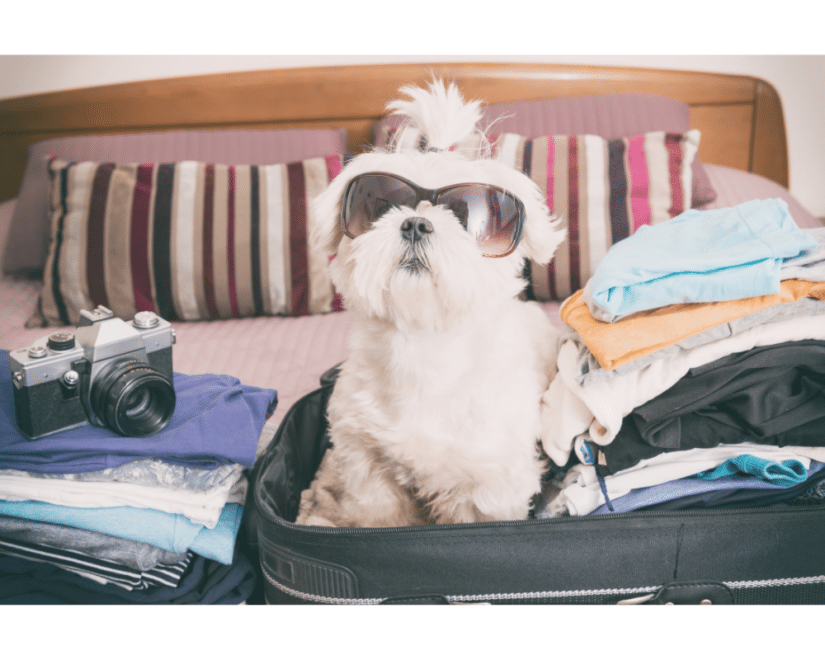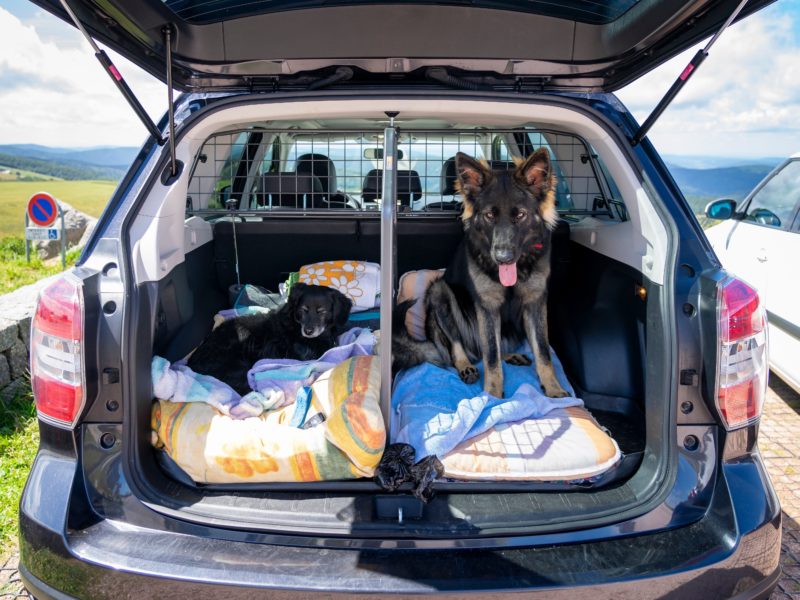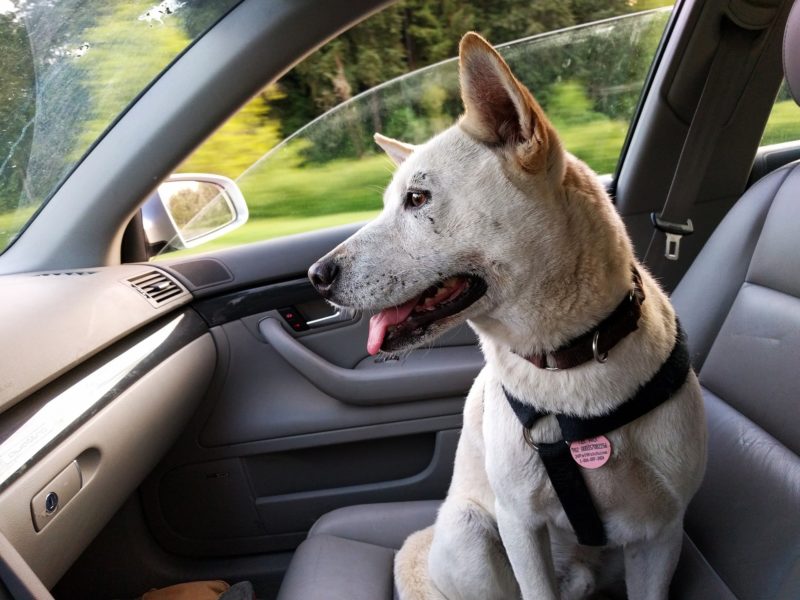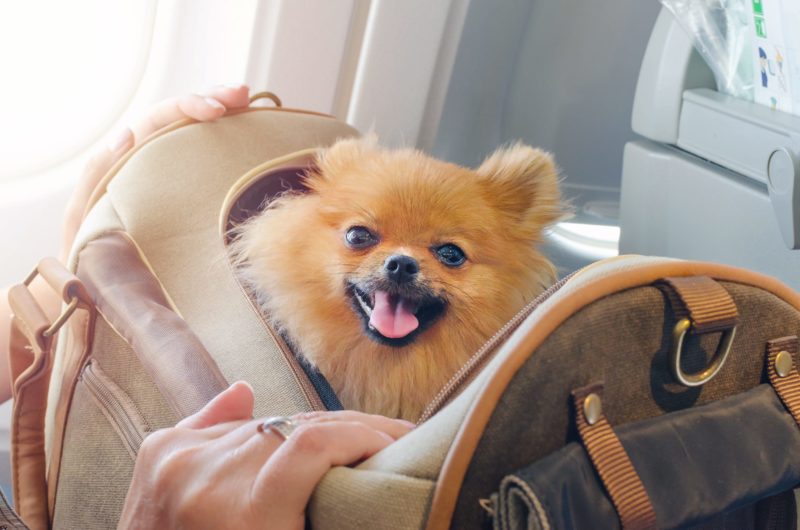When planning for a vacation, it’s typical to create an itinerary and make a packing checklist for ourselves ahead of time. And when traveling with our furry friends, we need to do the same for them.
We’ve put together this guide to help make sure your pet’s needs are met while on vacation. We cover what questions to ask yourself before bringing your dog on vacation and what to pack if your dog joins you on your adventure.
Should I Bring My Dog On Vacation?
Before jumping into the car or plane with your pet, it’s important to ask yourself a few questions to determine if your dog is vacation-ready.
Questions to Answer Before Bringing Your Dog on Vacation
1. How well trained is your dog?
They need to be able to follow basic commands and be socialized around people and other animals. If not, they will likely have a hard time adapting to a new, strange environment. Moreover, they’ll quickly become a nuisance in crowded areas like airports and hotel lobbies.
2. What is the size of your dog?
While dogs of any size can usually be accommodated during car rides, larger dogs are often less manageable on planes. Most airlines only allow dogs to fly in the cabin if they can fit in a small carrier under the seat in front of you or in your lap. Otherwise, they will have to fly in the cargo hold with luggage, which most pet owners do not find desirable. If planning to fly with your pet, be sure to check with your airline to learn about their rules and regulations. There may even be paperwork you need to complete before flying.
3. How old is your dog?
Puppies are notoriously bad travelers as they aren’t housebroken and require much more active attention. Elderly dogs with decreased mobility, sight or hearing may have a hard time adjusting to a new location. On the other hand, some elderly dogs simply enjoy being with their humans, no matter the place.
4. Is your vacation destination dog-friendly?
Not only should your lodging accommodate pets, but your daily excursions should also account for and be welcoming to your dog. Keeping them pent up in an unfamiliar hotel room for multiple days is a recipe for disaster.
If you’re on vacation, that means your dog is too, which means they’ll want to have fun with you! If your furry friend does accompany you on your trip, be sure to research pet-friendly places like restaurants, dog parks and hiking trails beforehand so that you have a few places you can venture together.
5. Is your dog medically prepared for travel?
Always consult with your veterinarian before pet-related decisions. They know your dog’s health and history best and will let you know if your dog is ready for travel.
What to Pack for Traveling with Your Dog
If you’re bringing your furry friend on your trip, you need to pack for them too! Make sure to prepare for a variety of situations; it’s better to overpack for your pet than to leave something behind.
Here’s an all-encompassing pet travel checklist:
– Contact information for your pet’s veterinarian
– Contact information for local vets within the area that you’re traveling
– An up-to-date copy of your pet’s vaccine record
– Pet’s medications (if applicable)
– First-aid kit with gauze, non-stick bandages and adhesive medical tape
– Updated I.D. tags on your dog’s collar
– Location-tracking GPS technology (collar, tag, etc.)
– Doggie seatbelt and harness
– Food
– Treats
– Water
– Washable, collapsible bowls
– Leash
– Collar
– Walking harness
– Poop bags
– Bedding
– Blankets
– Towels
– Dog shampoo
– Brush
– Nail trimmers
– Toys
– Paw booties
Always remember to pack for your specific destination. For example, if you’re traveling to a colder climate, be sure to pack sweaters or jackets for your dog if they need the extra layers. If you’ll be swimming on vacation, pack a doggie life vest and water toys. And always pack items that’ll make your pet feel at home.
At Pet Butler, we want your dog to live their best life and enjoy the time they spend with their humans. Use your free time to do things like travel and adventure with your pup, and leave the dirty work to us. We’ll scoop your pet’s poop on a regular basis, so you don’t have to. Learn about our pet waste removal services and more.




